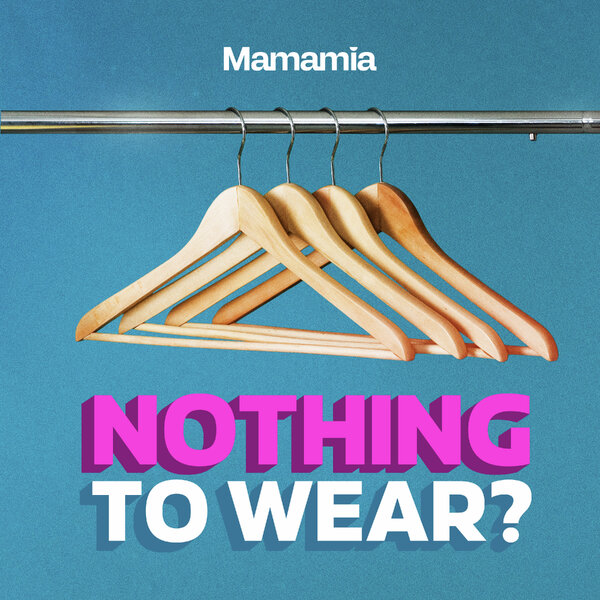You know it’s December because your feed is clogged with Lists Of The Year, telling you what mattered in the year gone by. On Mamamia, you can tell us. Over the final few days of 2015, we’re running a series of essays on the issues that made 2015. Then, you tell us which one defines the year to you. Welcome. It was quite a year.
2015. It was the year all meals came with a side of shame, suggested hashtags and kale.
Always kale.
This year will forever go down as the year it became socially acceptable to pay $13 for a smoothie. It was the year everything gave you cancer. And it was the year everyone, from WAGs to My Kitchen Rules judges, passed judgement on what you bought, what you ate and when you ate it.
No one quite knew what açaí was – or how to pronounce it – but they ate it anyway because a wellness ‘guru’ on the internet said it was a worthwhile thing to do.
Sarah “I Quit Sugar” Wilson continued to tell us that sugar could stick it. Her I Quit Sugar Facebook page reached almost one million ‘likes’, and her books continued to dominate bookseller’s top 20 lists. And yet meanwhile, sales of artisan jam-filled donuts skyrocketed and calorie-heavy hipster milkshakes actually made people want to visit Canberra.
Paleo Pete said bacon was okay, but the World Health Organisation insisted that too much of it could give you cancer.
The popularity of green smoothies continued to rise and, according to news reports, so did the CO2 emissions and water usage rates from the number of people acting responsibly and growing their own vegetables.
There was a whole section of the beverage aisle dedicated to coconut water. Pete Evans released his own range. And then Doctor Karl told us that all those claims about coconut water being supremely hydrating were bollocks.





























































































